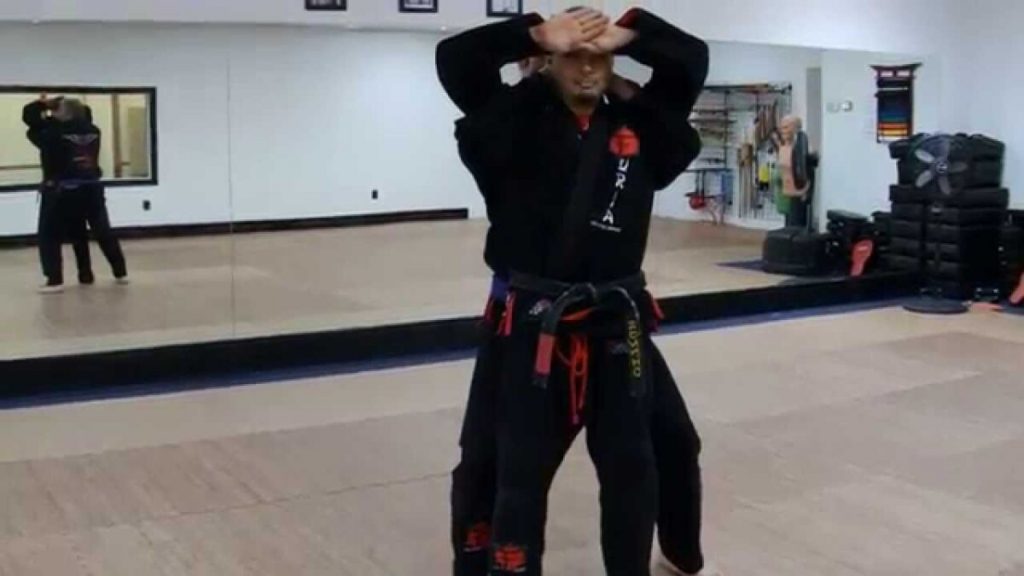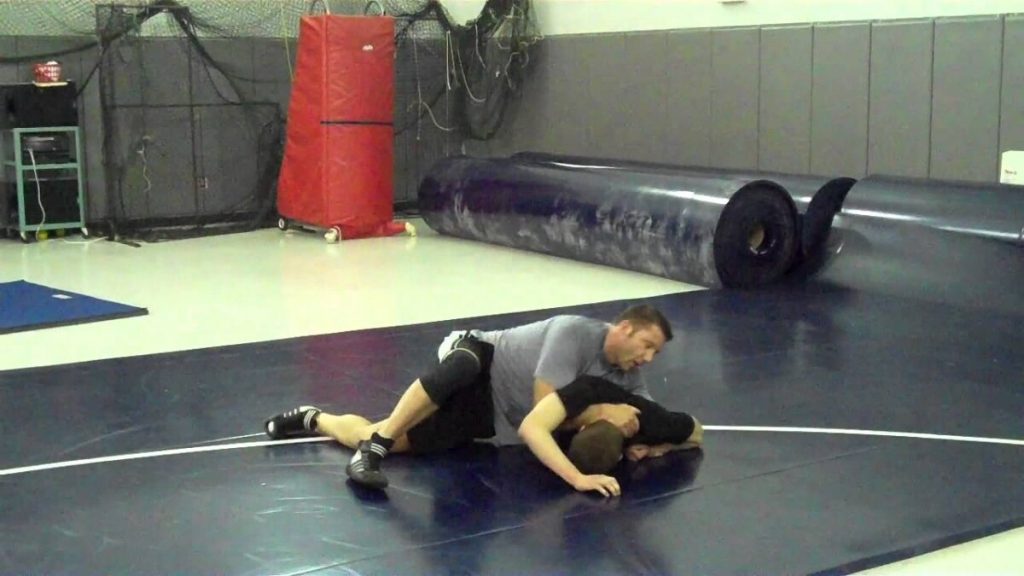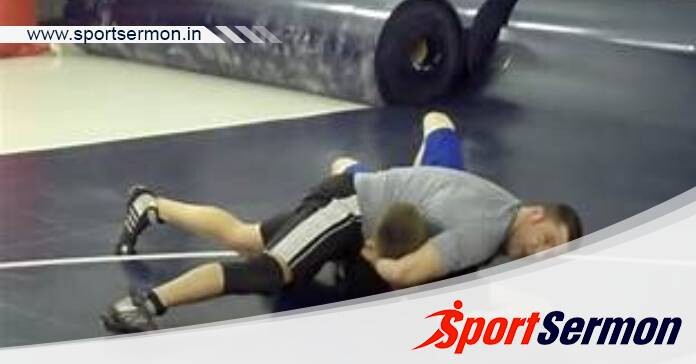Half-Nelson: Among the martial arts that is now expanding the quickest is Brazilian Jiu-Jitsu. It is a location where individuals from various walks of life can put aside their differences and train as a team. This is a multipurpose sport that may be used for competition, self-defence, weight loss, or overall fitness.
Your BJJ skills can be greatly enhanced by learning other grappling martial arts. Even though their concepts are similar, grappling disciplines like Sambo, Judo, and wrestling are distinct and may help you approach Jiu-Jitsu in fresh ways.
If you want to get better at GI BJJ, Judo may help a lot with standup and Newaza (ground techniques). You can get better at standing in no-gi and ground control by studying wrestling techniques.
In addition to building mental toughness, wrestling manoeuvres may serve as entry points for submissions. Some of the most popular BJJ wrestling tactics include front headlocks and half-nelsons.
Today we will talk about a positional domination technique that may really improve your wrestling game: the half-nelson.
Nelson Holds

The Nelson Holds are a style of wrestling where the goal is to immobilise the opponent’s arms and neck in order to establish dominance. Originally a catch wrestling manoeuvre, it was named for the British fleet admiral Horatio Nelson during the Napoleonic Wars.
The full, quarter, half, and power half-nelson are some of the several kinds of nelson hold. Since the full nelson is a kind of neck crank, it is prohibited from being executed in several BJJ events that forbid spine manipulation.
Nelson holds can be performed on the floor or while standing. It is executed by putting your arm (or both arms) behind your opponent’s, depending on the variation. Then you grasp your hands behind their necks to render them immobile.
Since the head always moves the body, Nelson grips, which are usually employed for positional control, will help you control the opponent’s head and spine. By maintaining control over your head and keeping your body close to your opponent’s hips, you can monitor their movements. The opponent may turn if you apply grips like the half-nelson from the turtle pose.
You might also be interested in reading this: The Astonishing Mental And Spiritual Advantages Of BJJ
The Half-Nelson
One move used to control and set up pins against an opponent is the half-nelson. Since grapplers frequently employ it from the turtle position and strike from behind, it adapts nicely to BJJ. In contrast to the full nelson, which employs both arms to grip an opponent’s arm and head, the half-nelson, as its name implies, is a nelson hold that only uses one arm.
It is crucial to keep in mind that executing the half-nelson, which is typically performed from the turtle position and back mount to support build-up submissions, will apply more pressure if your hand is placed above the opponent’s head (crown) as opposed to their neck.
Utilising your non-choking hand—the arm that is beneath your opponent’s arm—start by fastening your seatbelt in the back position. Next, use your choking hand to firmly grasp the collar. As soon as you get your opponent in a chokehold, extend as much of your non-choking arm behind their head as you can. Push your opponent’s head with your back hand.
Take note of Deborah’s body positioning in relation to her training partner. Her application of the half-nelson is clearly done with great skill. Using the half-nelson as an anchor as you pull, finish the choke.
It may also be used to move from side control to another position by using the half-nelson. When your opponent faces you and attempts an underhook while in side control, begin by overhooking their arm.
If your opponent is still facing forward, shoot your overhooking arm through and place the back of your knuckles behind their head. If your opponent tries to drop to their knees, deflect their body by going from north to south to the opposing side. After completing the positional shift, press your knuckles to the back of your head and drop your elbow.
In addition to applying a d’Arce choke from side control, you may also apply a half-nelson positional transition. Should your opponent turn to face you and attempt an underhook, counter with an overhook and extend your near leg to establish a strong foundation.
Rather of employing the underhook to move to a half-nelson, send your over hooking arm underneath your opponent’s neck as your other hand grips it from behind to go for the d’Arce. Here, using a gable grip to maintain control is a wise move. Squeeze the choke to completion at an angle.
Half-Nelson Power

A folkstyle wrestling manoeuvre called the power half-nelson is a variation on the half-nelson, which is used to turn the opponent for the pin.
Unlike the half-nelson, which only utilises one arm to apply pressure on the opponent’s head, the power half-nelson employs both arms. While the other arm is facing palm up and using the forearm bones as a lever on the back of the opponent’s head, the other arm should be facing palm down and underhooking the opponent from behind.
When doing the power half-nelson, many grips are conceivable. The S, gable, and wrist-to-wrist grips are all applicable as long as you are able to exert pressure behind your opponent’s head. That will drive their chin into their chest, the opponent. The power half-nelson may subdue opponents with such force if they refuse to turn.
In summary
Utilising methods from many grappling forms of martial arts will enhance your overall Jiu-Jitsu. Many of your training partners will be on the defensive when you use this great technique, the half-nelson. When using this method, always be careful to exercise appropriate control as it can be harmful if used carelessly.

